
Developer: Nippon Ichi Software, Codeglue
Publisher: NIS America
Platform: Switch
Tested on: Switch
Prinny Presents NIS Classics Volume 1 – Review
It seems like NIS is taking cues from Square Enix, as both publishers have been going through their vault to dig up relatively obscure titles from the PS2 era to re-release as remastered editions. We’ve taken a look at one of NIS’ remastered collections before, but since then the company has decided to get mascot Prinny involved. This is probably in order to draw more attention to releases like this. As is clearly stated with the subtitle Volume 1, more titles are on the way. That being said, we’ll stick with the contents of Volume 1 for now. Volume 1 comprises Phantom Brave and Soul Nomad & The World Eaters. How do these PS2-era RPGs hold up?
Story
In Phantom Brave, we meet the young Marona, who is on a quest to gather as many riches as possible in order to secure financial stability for herself. Marona is a Chroma, someone who is able to communicate with the phantoms that inhabit the world. Accompanying her is Ash, her mentor, who happens to be a phantom himself. Of course, Marona’s quest sets her on a trail to save the world, because that is what happens in games like this. It’s a fairly light-hearted affair, all things considered, and although the story isn’t going to set anyone’s world on fire, the characters are likable and relatable.
Although the world is at risk in both titles, the stakes feel a lot higher in Soul Nomad, in part due to the game’s more serious tone. This game sees the return of the World Eaters, a race of Kaiju-like beings that have been asleep for two centuries. Now, they return and it is up to the player -in the form of a silent protagonist- to lay them to rest once again. To do so, the hero must use a mysterious black sword that is imbued with an evil spirit, who tries to take over the hero’s body. There is a connection between this spirit, Gig, and the World Eaters. Rest assured, we won’t spoil what happens, but this is an engaging story that presents the player with a few moral dilemmas. It’s certainly the more impactful narrative of the two games.
Graphics
We have to address the elephant in the room here, as a specific choice was made with the upscaling of the visuals. The backgrounds in both games have been lovingly upscaled and look fantastic. The same applies to the hand-drawn character art and the crisp-looking interface and menus. However, for some reason, the game’s sprites did not receive an upgrade, and they look like a blurry mess as a result. While we understand the desire to stay true to the visuals of the original release, this just doesn’t work out, and the sprites being this low-res detracts from the overall experience. There are a couple of visual options included in this release, such as the option to play the game either in widescreen resolution or in the original aspect ratio. Nonetheless, we’d much rather have an option to switch between the original sprites and updated ones instead, though that would’ve probably required actually redrawing the sprites rather than upscaling them.
Sound
The original sound files received an upgrade as well, and the result is great. The music and sound effects sound crisp and the tunes that comprise the OSTs for both games have stood the test of time. Voice acting is present in both games as well, although performances are all over the place, with some cast members delivering their lines with gusto and others seemingly phoning it in.
Gameplay
Although both titles in NIS Classics Volume 1 are RPGs with a turn-based isometric combat system, you’re still getting two very different experiences here. Unfortunately, neither game has aged gracefully. Phantom Brave in particular struggles from poor pacing and shoddy camera controls, making the game feel dated but also frustrating to play by modern standards. Moving the camera across the battlefield feels unwieldy and inaccurate. Soul Eater doesn’t suffer from these issues as much as Phantom Brave, but even so, we have to say that both games are outclassed by their more modern competitors. For the most part, the issues the games struggle with are the result of poor pacing. These games feel ridiculously slow by modern standards and very little was done to bring them up to the expectations of the modern-day audience. Deciding which changes to implement in a remaster is always difficult, as changing up a title too much might result in a game not feeling like the original anymore. Sadly, in this case, not enough was done to overcome any flaws that were exposed by the flow of time.
For what it’s worth, the games still feel like their own thing, and they are a showcase that NIS has more up their sleeve than simple reimaginings of the Disgaea formula. As tends to be the case with games in this genre, the meat of the experience is in the combat system; and both titles offer their own twists on the classic formula. Thankfully, either system is very accessible, and although there is plenty of tactical depth in either title, it’s not all that difficult to get to grips with how combat works in these games.
Phantom Brave offers a combat system that relies on getting the most out of the synergy between Marona, Ash, and the phantoms the pair encounter. In a clever twist, during the turn-based battles, Marona is able to bind any phantoms in her party to natural features such as rocks and trees, changing up their stats depending on what feature the phantom is tied to. Connecting a phantom to a rock will increase defense, for example. Phantoms only have a limited number of turns in which they are able to participate in a battle, so knowing when to summon one is key to victory. It takes some time to get familiar with the right way of doing things, and the difficulty level is fairly high. This results in you having to do a lot of grinding. Meanwhile, Soul Nomad offers a more classic experience from a combat perspective, with mechanics built around the stamina of party members. Every action a party member takes, be it moving or attacking, costs stamina. Stamina is replenished by taking a short rest. For the most part, characters’ damage outputs rely on stamina, although certain abilities only become available when a character’s stamina supply drops below a specific threshold.
The collection comprises the complete versions of these games, including all the additional content from later re-releases across the various platforms these titles have been available on. In theory, you’re getting a lot of bang for your buck here, given the amount of content that’s included in the collection. Unfortunately, it seems like NIS just slapped a new coat of paint on the games and called it a day. There isn’t any new content here, nor are there any QoL updates that you’d expect from a remaster like this, such as the ability to speed up combat in order to make the games feel less like a grind (something Square Enix did with their re-releases). The existence of the collection is certainly justified, given how difficult it is to track down copies of the original releases of these relatively obscure titles. Even so, these games will not win over that many new fans any time soon. Instead, this is a great release for people that look back at Phantom Brave or Soul Nomad as games they played two decades ago. If you’re nostalgic for either of the two games, picking the collection up is a no-brainer, but if you’re unfamiliar with what they have to offer, there is a good chance you’ll end up unimpressed.
Conclusion
As much as it pains us to say it, Prinny Presents NIS Classics Volume 1 is a bit of a letdown. The games themselves aren’t bad per se, but they’ve aged poorly. It’s a shame because the combat systems themselves provide interesting tactical options and genre enthusiasts will find something to love in both games. However, the presentation of the games, combined with shoddy camera controls -in Phantom Brave in particular- and the aged pacing makes for a missed opportunity overall. These titles deserved much better, and here’s hoping that future NIS Classics collections will adhere to a standard similar to the one set by Square Enix.
Prinny Presents NIS Classics Volume 1 - Review,3 Comments
Leave a Reply
You must be logged in to post a comment.

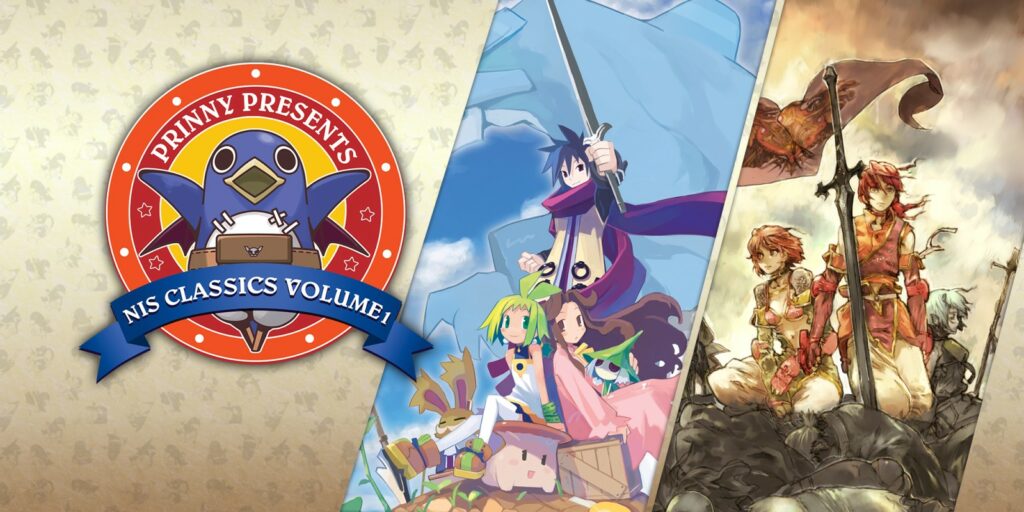
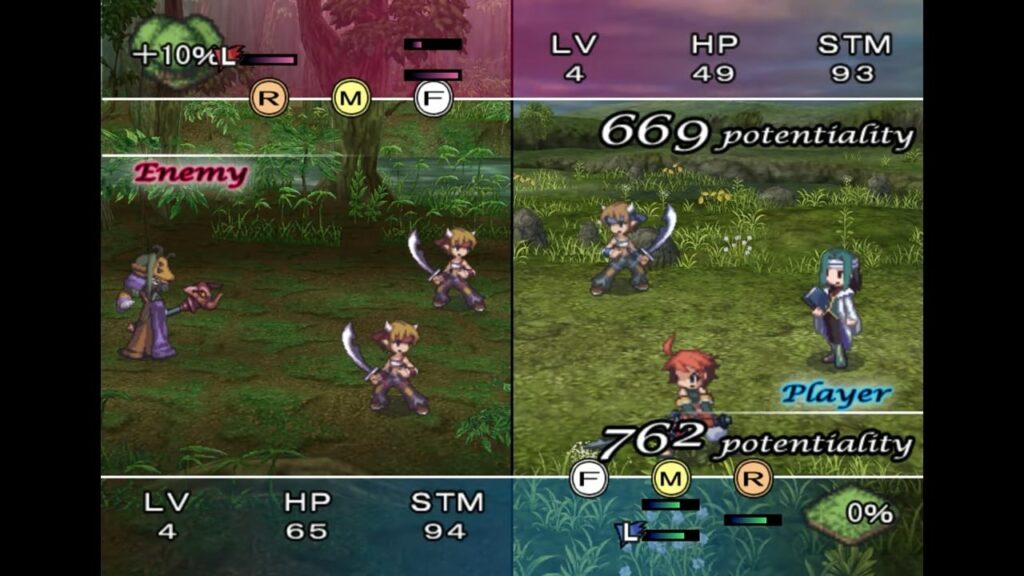
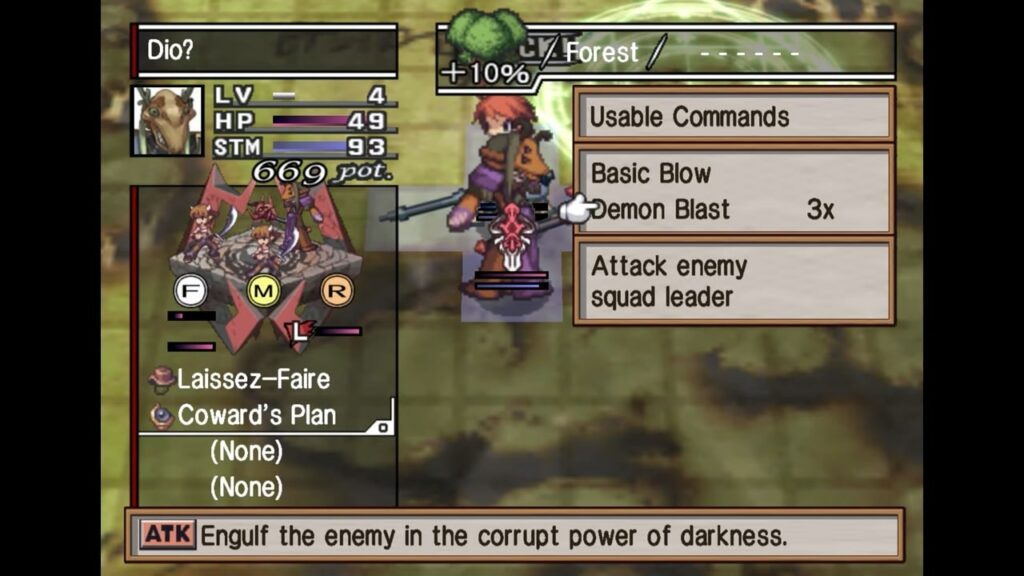
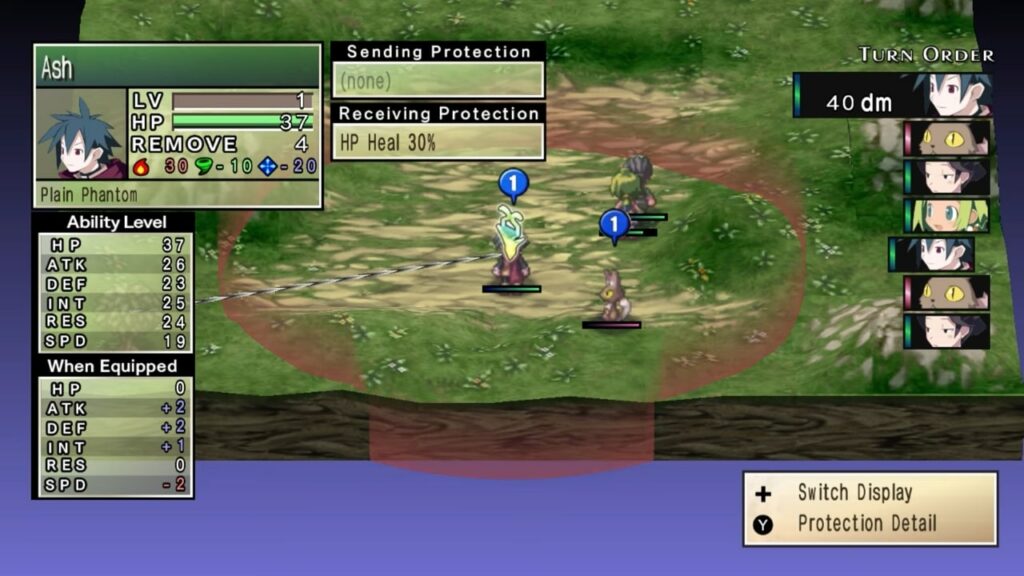
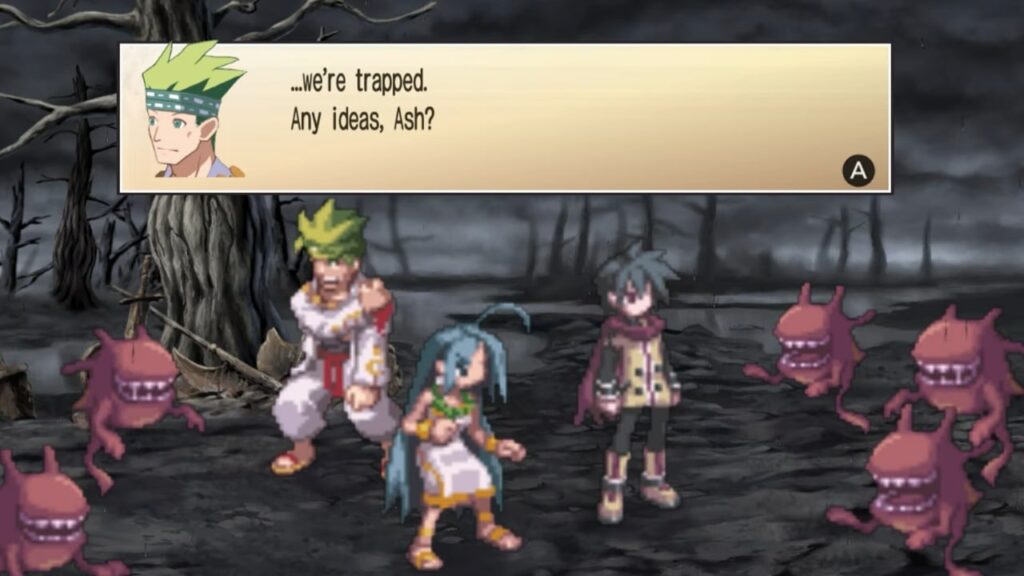




[…] Flonne, and the Overlord Prier Scenario. We already reviewed other great titles from NIS such as Prinny Presents NIS Classics Volume 1 and Prinny 1-2: Exploded and […]
[…] in September, we took a look at Prinny Presents NIS Classics Volume 1, which brought back 2 PS2 era games for a modern-day audience. While we weren’t especially […]
[…] heart in Rhapsody: A Musical Adventure. These classic SRPG editions come hot on the heels of Prinny Presents NIS Classics Vol. 1 and Vol. 2, which we’ve reviewed previously. If you’re still on the fence, be sure to keep an […]